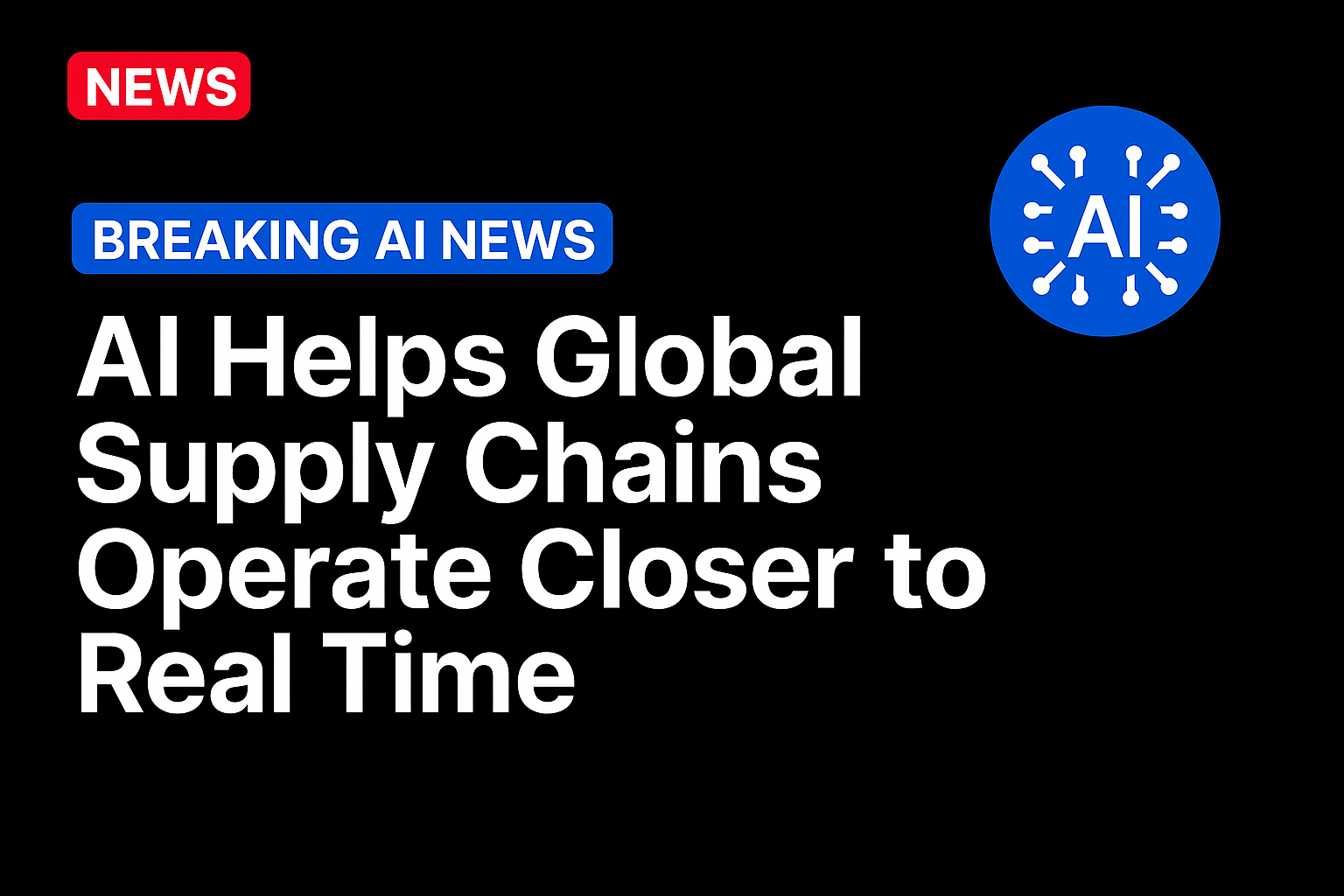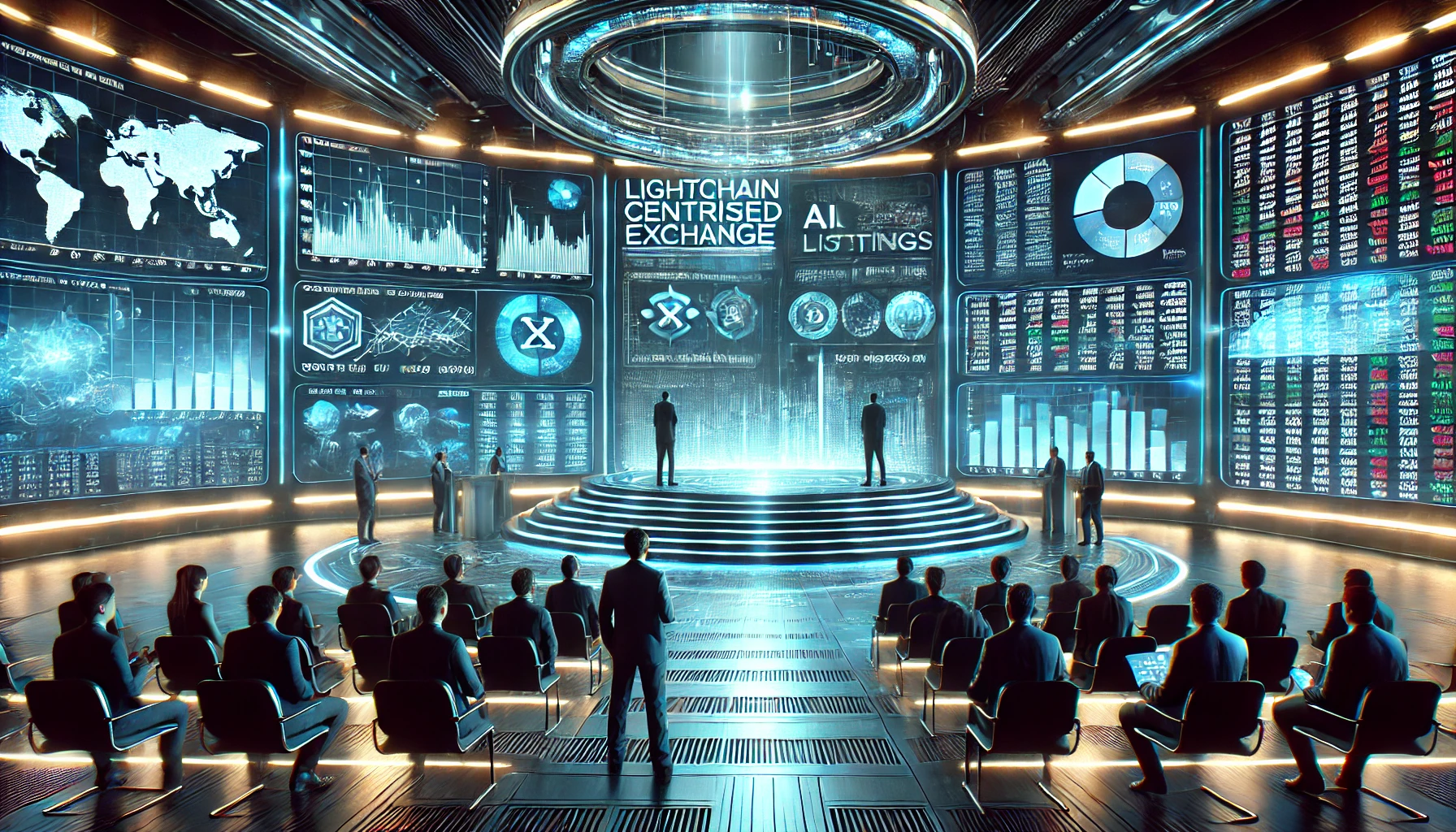
The World Economic Forum reports that limited visibility continues to be one of the biggest structural challenges in global supply chains. Its research shows that more than 75% of supply-chain executives still have only partial or fragmented visibility into their networks, a gap that increases costs and slows response times. AI systems are being used to integrate production, logistics, and demand data, allowing companies to detect potential disruptions earlier, forecast inventory with greater accuracy, and reduce manual coordination across partners.
In a pilot with Singapore’s A*STAR research agency, Amazon Web Services found that logistics planners using AI “agents” reduced manual reconciliation by about 50% and cut expedited-shipping costs by 3% to 5%. The system organized data from multiple workflows and flagged exceptions that required attention, allowing teams to respond faster and with fewer errors.
At the plant level, Apollo Tyres applies generative AI to sensor data from curing presses. The project shortened machine cycle times and improved product consistency, demonstrating how data-driven systems can increase throughput while maintaining human oversight.
Managing Operational and Compliance Risk
Supply-chain risk is rising from multiple fronts, including weather, supplier slowdowns, and compliance failures. Predictive AI systems can now identify and quantify those risks before they escalate.
Procurement and logistics platforms are embedding models that track supplier reliability and regional performance signals. When lead times start to slip or when customs data points to potential delays, these systems alert planners before production or delivery schedules are affected.
San Francisco-based Authentica uses machine learning to review customs filings and supplier records for inconsistencies in product origin and tariff codes. Real-time verification helps importers avoid compliance errors, customs holds, and financing disputes, reducing both administrative and financial risk.
A 2025 study by BCG found that procurement functions using generative AI can reduce costs by 15% to 45%, depending on category, and automate up to 30% of routine work. These efficiencies are now extending beyond procurement into production and logistics, where early adopters are reporting lower transport costs and shorter lead times.
Enterprise Adoption at Scale
According to McKinsey data reported by AWS, generative AI could reduce global supply-chain costs by 3% to 4% of total functional spend, representing between $290 billion and $550 billion in annual savings. Companies applying agentic-AI systems report faster fulfillment cycles and greater accuracy in routing and scheduling decisions, helping supply chains operate closer to real time.
Reporting by PYMNTS shows that CFOs are increasingly treating supply-chain finance as a strategic function. FIS executives note that AI and automation are reshaping working-capital management by linking payments, procurement, and logistics systems. This integration allows companies to strengthen liquidity positions, extend early-payment programs to suppliers, and improve financial visibility across global operations.
Source: https://www.pymnts.com/




